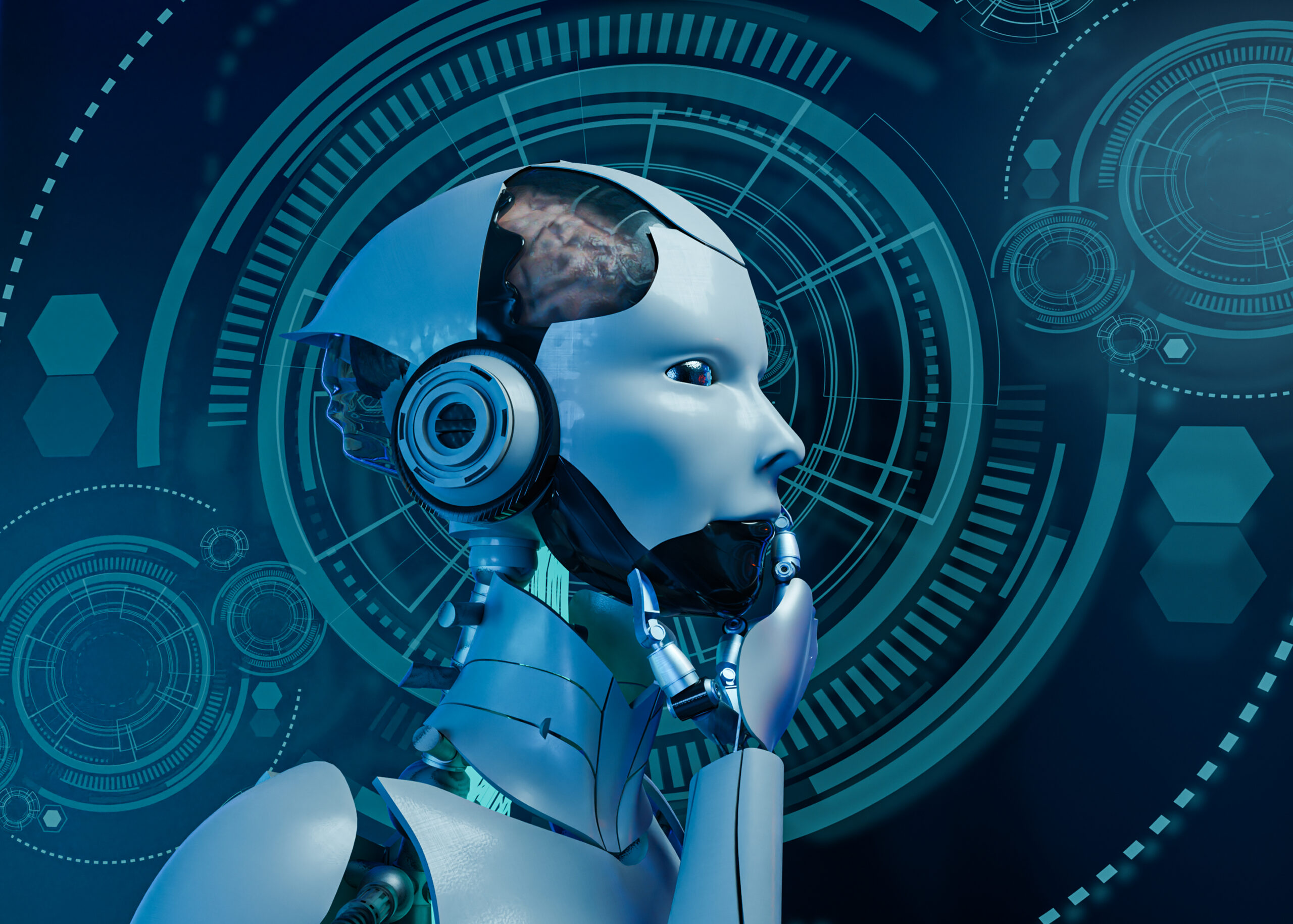Understanding AI: A Beginner’s Guide to Artificial Intelligence

Artificial Intelligence (AI) has become one of the most talked-about technologies of the 21st century. From voice assistants like Siri and Alexa to self-driving cars and recommendation algorithms, AI is transforming the way we live and work. But what exactly is AI, and how does it function? This beginner’s guide will help you understand the basics of AI, its applications, and its future potential.
What is Artificial Intelligence?
Artificial Intelligence refers to the ability of machines to perform tasks that typically require human intelligence. These tasks include learning, problem-solving, decision-making, and understanding language. AI can be categorized into two main types:
- Narrow AI (Weak AI): Designed for specific tasks, such as voice recognition or fraud detection.
- General AI (Strong AI): A theoretical AI that can perform any intellectual task a human can do (not yet developed).
How Does AI Work?
AI systems function by using algorithms and vast amounts of data to identify patterns, make predictions, and improve over time. The key components of AI include:
- Machine Learning (ML): A subset of AI that enables machines to learn from data without explicit programming.
- Deep Learning: A more advanced type of ML that mimics the human brain’s neural networks.
- Natural Language Processing (NLP): Helps AI understand and generate human language (e.g., chatbots, translation tools).
- Computer Vision: Allows AI to interpret and analyze visual information from images and videos.
Real-World Applications of AI
AI is already integrated into various industries, making processes more efficient and enhancing user experiences. Some common applications include:
- Healthcare: AI-powered diagnostics, robotic surgery, and drug discovery.
- Finance: Fraud detection, algorithmic trading, and personalized banking experiences.
- Retail: Personalized recommendations, chatbots, and inventory management.
- Transportation: Self-driving cars and AI-powered traffic management.
- Entertainment: AI-generated content, music recommendations, and gaming.
Benefits and Challenges of AI
Benefits:
- Increases efficiency: Automates repetitive tasks and enhances productivity.
- Improves decision-making: Analyzes large data sets to provide insights.
- Enhances personalization: AI tailors experiences based on user behavior.
- Reduces human error: AI-driven systems minimize mistakes in various fields.
Challenges:
- Data Privacy Concerns: AI relies on vast amounts of data, raising privacy issues.
- Bias in AI Models: AI systems can inherit biases from training data.
- Job Displacement: Automation may replace certain human jobs.
- Ethical Considerations: AI decision-making raises concerns about accountability.
The Future of AI
As AI technology advances, it will continue to impact various industries and redefine how humans interact with technology. Some emerging trends include:
- Explainable AI (XAI): AI models that provide transparency in decision-making.
- AI in Education: Personalized learning experiences for students.
- AI for Sustainability: AI-driven solutions for climate change and energy efficiency.
- Human-AI Collaboration: AI tools enhancing human capabilities rather than replacing them.
Conclusion
Artificial Intelligence is shaping the future in remarkable ways. While AI presents exciting opportunities, it also brings challenges that require responsible development and usage. As AI continues to evolve, understanding its fundamentals will be crucial for everyone—whether you’re a tech enthusiast, a business professional, or simply curious about the digital world.
Have questions about AI? Drop them in the comments below!



